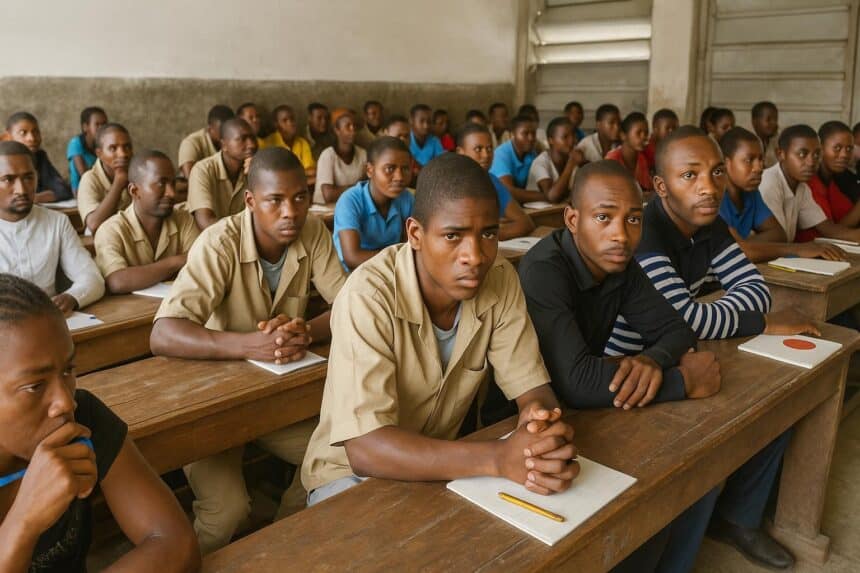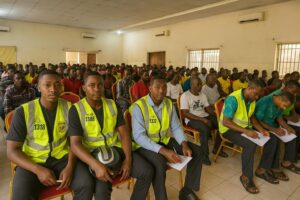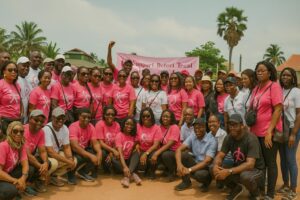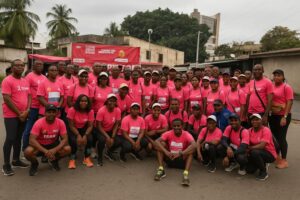Patient safety in the spotlight
Sirens marked World Patient Safety Day on 17 September 2025, but in Brazzaville the buzz came from inside clinics where newborn warmers and surgical lamps finally flicked on. The Republic of Congo used the global moment to highlight a home-grown ambition: zero preventable deaths at birth.
- Patient safety in the spotlight
- District strategy reshapes primary care
- New kits turn promises into tools
- Training midwives, timing matters
- Community engagement strengthens uptake
- Funding and sustainability outlook
- Measuring progress, building trust
- Voices from the wards
- Balancing challenges and optimism
- What to expect in 2025
WHO’s regional office for Africa renewed its pledge to support that ambition, underlining that safe care for mothers and babies can slice overall mortality by a third. For a country where one in six households lives over five kilometres from a health post, safety begins with availability.
District strategy reshapes primary care
An operational primary-health-care strategy, launched quietly in 2020 and detailed in a 4 September 2024 WHO report, is now the backbone of the reform. It tasks each of the forty-six health districts with drafting budgets, mapping risks and reporting outcomes directly to national dashboards.
Local governance is more than a bureaucratic tweak. It lets district teams decide whether a remote river outpost needs a solar fridge or a motorcycle ambulance first. By matching funds to need, officials say stock-outs of essential drugs have already dipped in test areas.
New kits turn promises into tools
Toward the end of August, pallets bearing the blue WHO emblem rolled into the Ministry of Health’s central warehouse. Inside were caesarean kits, obstetric surgery packs, prenatal monitoring devices and height-adjustable gynecological beds—hardware chosen after a joint audit of delivery rooms.
Health Minister Gilbert Mokoki praised the delivery, noting that a single caesarean kit can tip the balance between life and death when complications strike at midnight in Mindouli. Most public facilities will receive at least two sterile kits, cutting dangerous reuse and expediting emergency procedures.
Training midwives, timing matters
Equipment helps only if someone skilled stands beside it. Since May, senior midwives from Pointe-Noire have cycled through an intensive refresher course led by WHO obstetricians. Modules cover respectful care, infection control and the golden minute resuscitation protocol for newborns.
Jeanne Samba, a trainee from Dolisie, admits she once fumbled with manual suction pumps. “Now I can clear an airway in seconds,” she says, clutching a laminated guideline card. Faster reactions mean oxygen reaches the infant brain earlier—a gain impossible to measure in anything but futures saved.
Community engagement strengthens uptake
Mothers have a say too. Women’s co-operatives in Sibiti have started holding prenatal circles where expectant parents learn danger signs and arrange pooled transport for labour night. According to WHO field officers, centres hosting such circles record a 20 percent rise in early antenatal visits.
The partnership also taps digital channels. A pilot SMS tool blasts reminders in Lingala and Kituba: iron-tablet schedules, vaccination dates, even real-time rain alerts to plan safe travel. Early feedback suggests messages counter myths that still push some families toward untrained birth attendants.
Funding and sustainability outlook
Financial underpinnings remain solid. The Ministry’s budget line for maternal and child health climbed five percent in 2024, a figure officials aim to repeat in 2025. WHO leverages pooled procurement, shaving costs on everything from sutures to bilirubin meters.
Public-private collaboration is quietly growing. Telecommunications firms supply data bundles for the SMS tool, while a Pointe-Noire logistics company donates last-mile trucking during the rainy season. Such gestures, though small, weave redundancy into the supply chain, ensuring kits reach the final kilometre.
Measuring progress, building trust
A dashboard launched this quarter tracks cesarean response times, neonatal infection rates and antenatal coverage in real time. District scores are displayed on wall posters, an act of transparency that turns data into community conversation starters.
Early numbers are encouraging. Makoua district posted a drop in neonatal sepsis from 14 to nine cases per 1 000 live births after installing autoclaves shipped under the WHO grant. While statisticians caution against early celebration, midwives say they finally feel momentum on their side.
Voices from the wards
At the Blanche Gomez Hospital, nurse Anicet Mboungou guides visitors past freshly painted walls to a row of incubators humming softly. “We used to improvise warming with hot-water bottles,” he recalls. “Now parents see technology that matches their hopes.”
Nearby, first-time mother Sandrine Mayitou watches her premature son breathe under blue phototherapy lights. “I feared losing him,” she whispers. “Seeing these machines and trained staff calms me.” Such testimonies transform policy bullet points into human milestones.
Balancing challenges and optimism
Obstacles linger. Road access to Likouala health posts still floods three months a year, and recruiting pediatricians north of Oyo remains tough. Yet officials insist the partnership model—equipment plus training plus community action—gives them tools to chip away instead of merely coping.
WHO country representative Dr Lucien Manga frames it pragmatically: “Perfection is not the goal tomorrow. Consistent safety, everywhere, is the goal every day.” The remark echoes across morgues and maternity suites alike, a reminder that small, reliable steps accumulate into generational change.
What to expect in 2025
Between now and the next Patient Safety Day, the Ministry plans to certify at least 300 additional midwives, roll out point-of-care ultrasound in ten rural districts and align protocols with the updated WHO Safe Childbirth Checklist.
If funding milestones hold, a second equipment tranche—incubators, syringe pumps and portable oxygen concentrators—should land before the end of the dry season. Each arrival will be logged publicly, maintaining the transparency trend that has so far shielded the programme from scepticism.
Residents are encouraged to monitor local deliveries via noticeboards and community radio. In doing so, they become watchdogs and beneficiaries, ensuring that the promise of safer births travels from national headlines to village cribs.






















